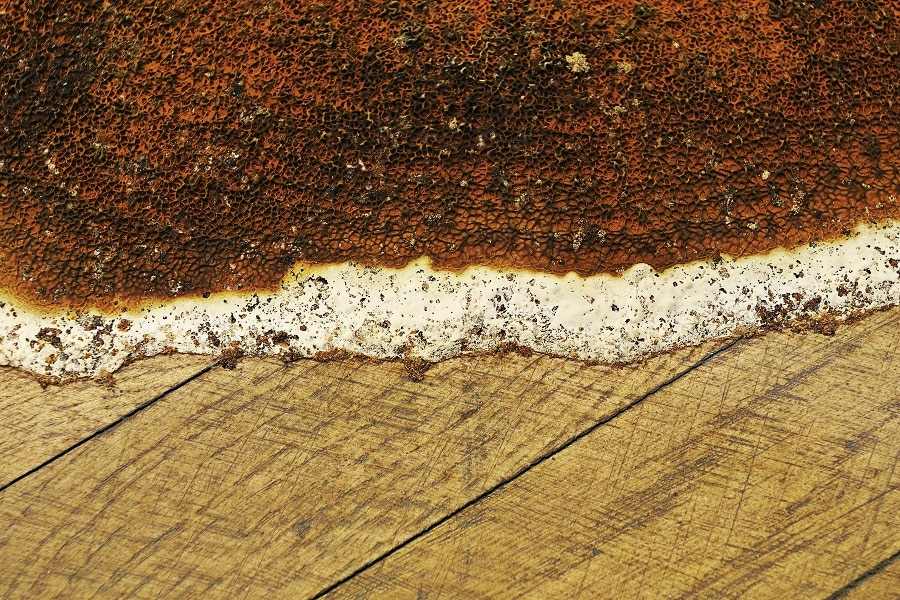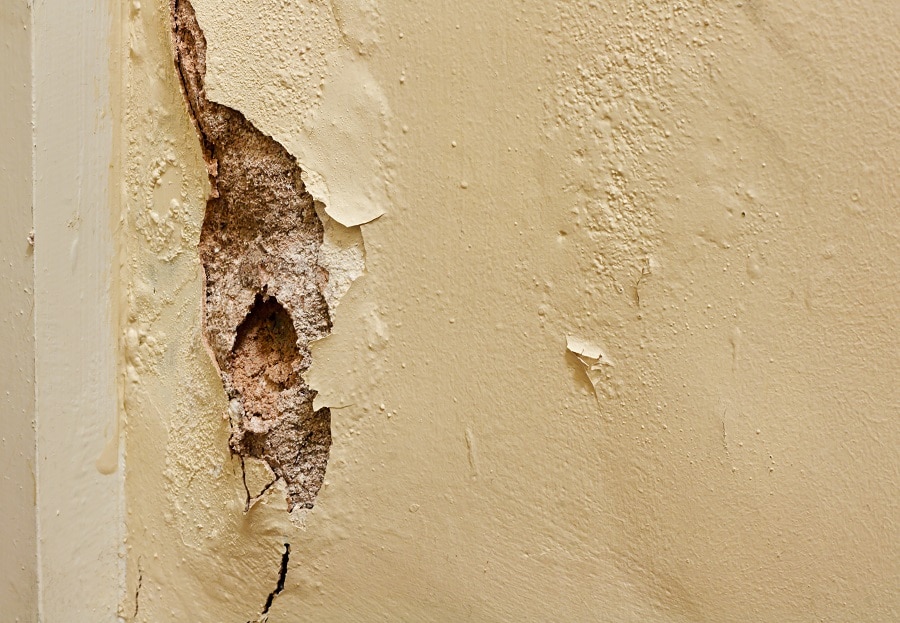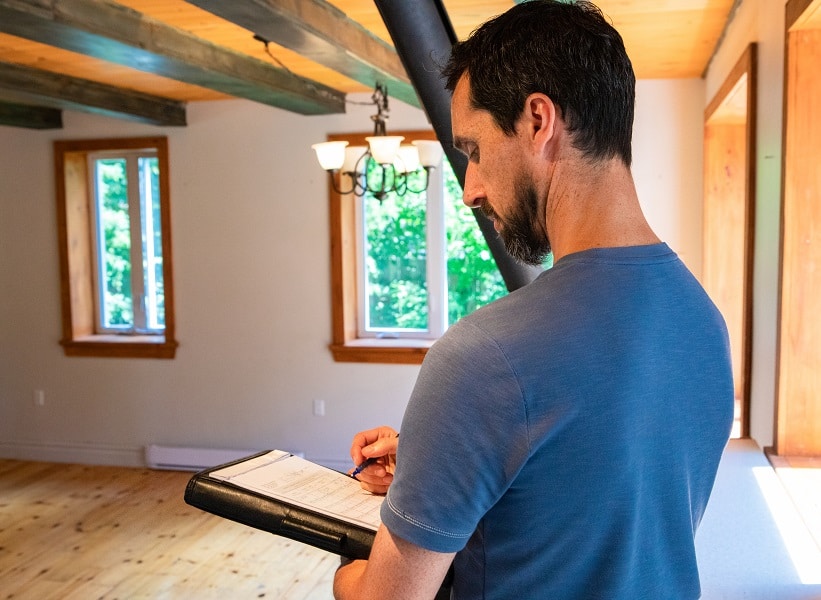What is dry rot?
Dry rot is a general term which describes a type of wood decay fungus The wood is broken down by fungi, as the Mycelium decomposes the wood, resulting in fine dust particles that are made of sawdust and wood chips, forming colonized areas that are referred to as fungal blooms. Dry rot is caused by fungal spores which require a suitable place to land and start their colonies before spreading through the underlying wood. Dry rot spores can be present in the soil and already affected old woods.
This means that even treated wood can be re-infected by dry rot if it is damp enough (i.e., below 15 percent relative humidity). While Dry Rot can be harder to spot, it is potentially more damaging than wet rot. It normally occurs where you are not looking. It could be under the plaster, under your floorboard, or in your loft. As a homeowner, it’s a good idea to understand the telltale signs of dry rot so you can act fast.
Our Guarantee
- upto 30 year guarantee
- customer focused team
- 20 years combined experience
- portfolio of satified customers
- attention to detail
- Construction line accreditation
- public liability insurance
- CHAS accreditation
What is the difference between dry rot and wet rot?
Dry rot and wet rot are two different kinds of fungus that can destroy wood if left untreated. The biggest difference between dry rot and wet rot is the moisture that wet rod needs in order to spread. One of the main differences between wet rot and dry rot is that wet rot spreads much faster. This is because the use of oils within timbers effectively fills the capillaries that Dry Rot requires for infestation. Dry rot is the greatest danger when it comes to timber damage, it spreads throughout buildings, frequently hidden by wallpaper or carpets. Wet rot can occur on drier timber, but it generally spreads further when it becomes wet.
Call Our Sussex Damp Experts team now for quote, consultation and advice:
Call on 01273 257 765.
What are the causes of dry rot?
Many types of fungi lead to dry rot. Serpula Lacrymans is the most popular in the Petworth. If it’s not handled fast enough, it’s going to spread over your house, brick and mortar, and even plaster. Structural issues with the timber will seriously compromise your houses structural integrity. Dry rot attacks when moisture levels are too high in your timber. This attracts the fungus that is going to use this moisture to produce nutrients. The expression “dry rot” is used to contrast between “wet wood” and “dry wood rot.”
Wet wood feeds on dry rot. Those spores are dry, and those hyphae only need 20% dampness to grow into fungi while fungal spores require above 30% wet to generate hyphae. These threads can turn into fungal bodies called mycelia, which can also extend to find more wood in stone and brick. The wood fibers (cellulose) are rotten or broken down by the fungus, and the water is removed. You’ll need a private survey to tell if your wood deterioration is caused by dry rot or another kind of fungus. This is really important since the cure for these damages can differ based on the actual cause.

The dangers of dry rot in Petworth
Dry Rot Effect on your Property
Dry rot can cause irreparable damage to wood and other materials in your home. As Dry Rot breaks down your properties structural timber, it will eventually cause it to crumble. But a slow leak could expand over time, and in extreme circumstances, cause various parts of your home to fall. Dry rot causes the wood to become brittle and fall apart when it gets wet, but can only travel across brick or stone. This is why regular checks are highly essential.
Dry Rot is one of the most destructive and dangerous pests found in homes, which requires urgent treatment. When you know a dry rot problem is imminent, call in the experts at Dry Rot Experts and Rescue. If you think you may have a damp problem use our home survey form on our website.
Dry Rot Effect on Your personal health
It’s not the disease that causes dry rot that is dangerous. Yet, if the conditions in the home allow dry rot to occur, these environmental conditions can be damaging to your health. If you suffer from respiratory problems, asthma or allergies and don’t have a smoke alarm, then this guide is for you.
What are the Warning Signs of Dry Rot?
The sooner you find dry rot, the less time and money you need to waste on treating it. A full assessment by a professional is recommended if you experience any of the following signs and symptoms.
-
The beginning of the dry rot cycle
Fungi spores may travel through air via wind in order to infect a new host. If they are taken to the wood, they may begin to feast on it. They create hyphae on and inside of timber, as long as the wood provides sufficient nutrients for their growth. As the fungus grows, strands of this tissue called hyphae form spiderweb-looking collections called mycelium. Mycelium might be light gray or solid white. This mycelium can also stretch into your properties mortar, bricks and plaster to try and reach more timber.
-
Your timber is damaged.
When dry rot is affecting your timber, it will become brittle and dry. Your timber may collapse as a result of this. The first sign of dry rot is darkening of the wood. Cuboidal cracking can be caused by dry rot. Cuboidal cracking/splitting is the result of timber breakage around 50 mm. This damaged timber will also often have hyphae, the white fungal growth. Hyphae are spider-like fungal growth, they look like cobwebs and are a common symptom of dry rot.
-
Your timber will smell.
If you smell a strong, fungal, dank and musty odour in your timber, it is likely to be affected by dry rot. This happens, even when you can’t see an outburst of dry rot. The smell doesn’t necessarily mean dry rot is present.
-
Your timber will have fungus bodies on it.
This is the final stage of dry rot and the most noticeable. Mushroom-like fruiting bodies can start attaching themselves to your timber. As the timber dries out, the fungus inside can no longer feed off the timber, in order to survive, it pumps its spores out to infect more wood.
-
Your timber will have spore dust.
Spores related to dry rot do not just occur in timber affected by dry rot. It could be a sign of dry rot if you see splots of rusty colored dust embedded decomposed spores. In the final cycle of the dry rot, fertile bodies deliver this spore dust.
Dry Rot Treatment in Petworth

Only when moisture levels are over 20 percent will a dry rot infestation occur. The first prevention step to eradicating the presence of the fungus is the monitoring of moisture levels in your property. Then the moisture levels will be under your control. We suggest that you consult a professional for your dry rot treatment.
Sussex Damp Experts are able to assist you with any contaminated timber removal and any remedial works. Infected timber removal is the work of a professional. Similarly, a professional damp proofing expert will know the exact treatment required. Either injected into the timber, or cover the timber surface can timber be treated. There are a lot of options on preventive treatment. These chemicals demand precise amounts and can have negative side effects if they are inhaled or ingested wrongly.
Boron rods can also be inserted into your timber by an expert. Boron is a harmful item, therefore the protective clothing is worn by damp proofing experts. With our specialist team at damp proofing, we will be able to find any issues with dry rot and assess the extent of the issue. Dry rots are a serious problem and can lead to serious issues if left untreated. Dry rots are a serious problem and can lead to serious issues if left untreated. Our high-performance products and extensive experience allow us to efficiently address your damp proofing problems.* You shouldn’t delay. Call today 01273 257 765, for a free survey, and effective treatment of dry rot.
How can you prevent dry rot damage in Petworth?
The first step in treatment is to avoid dry rot. A rot infestation is caused by water penetrating the timber and it’s inability to dry out, either due to poor ventilation or air-tight construction. Practices that prevent them from forming: Always ensure there are no leaks in your property. Provide adequate, proper ventilation.
Properly ventilate and insulate your attic. Correctly ventilate crawl spaces. To minimize ground moisture, seal basement and crawlspace floors Check all flashing to make sure there are no leaks and water directed properly. Stay out of sinks and drains. Check for filling/heating leakage if a “wet” device is used. Because of the moist conditions required for dry rot fungus to feed and germinates, the best way to reduce the risk of dry rot is to minimize moisture levels. For example, if you have a pipe that is leaking, plugging the leak can help prevent dry rot.
Speak to a Dry Rot specialist in Petworth
We are ready to cope with any damp or dry rot issues involving your property or house. We will give you a free estimate for how much it will cost to get rid of all of it before we begin work. Over the years, we supported the damp concerns of thousands of home Petworth owners and could even benefit you. Contact us on 01273 257 765 for a free quote and survey. I am an expert in dry rot and timber treatment. I can visit your property to identify the extent of the infestation and recommend a solution specific to your requirements. We will always give you our best and impartial advice on treatment that is right for your needs.

As a well-established building company, we have a wealth of experience in all aspects of repair, restoration and renovation including surveys. Dry rot gets worse over time by its nature, it is important to contact us immediately if you think you have a problem. Contact Sussex Damp Experts Services for quality damp proofing services on 01273 257 765.
FAQ
Should dry rot be restored or replaced?
A certain level of dry rot can be repaired, but whether the damaged areas provide the house with structural stability, such as beams and joints, or even flooring, it is not recommended. Replace the wood in such a situation instead of repairing it. Whether you restore or rebuild the wood, it is better if you avoided the conditions that caused the rot to flourish in the first place or risked it coming back. Your roof leaks, broken gutters, or downspouts, plumbing leaks or insufficient ventilation should be inspected when considering a roof moisture accumulation You may consult a specialist to find and repair the problem.
Will you be able to treat my Dry Rot problem effectively?
With our expertly trained surveyors and specialists, a dry rot problem can be treated, rectified, and your timber can be protected for the future.
How do I discover how far Dry Rot has spread?
If you have traced the dry rot fungus quickly or not, a professional will identify the source of the problem. They will be able to trace the fungus in the different masonry and plaster from which it has spread.
How much can dry rot widen?
Dry rot spores can spread in anyplace with the right environmental settings. The reason is that they are carried in the atmosphere. If your timber has a moisture content of around 20%, and if it is in the open air, these conditions are attractive to dry rot fungus. This suggests that fungus groups can disperse to multiple materials. If dry rot is spreading across masonry and plaster, and if it reaches more timber to feed off where the timber is moist. It can widen further. Dry rot fungus needs five things to survive: the right temperature, drive rot spores, moisture, oxygen, and the food source. In any home in Brighton most of this is present.
Will dry rot stretch?
What should I do to control dry rot?
First identify the reason for your timber moist before solving it. A different treatment shall be given if the reason for your timber moisture is outside.
What are the effects of living dry rot unchecked?
Dry rot is the most insidious form of moisture that can infest property and cause permanent damage to the building if left untreated. Sometimes, once the harm is already done due to the places in which the problem is likely to be the presence of dry rot does not come to light.
Is dry rot stringent?
Dry rot can be particularly common in wooden properties, so it is essential that early signs of dry rot are identified before the damage becomes too severe.
How am I meant to know if I have dry rot?
A timber survey will assess how your timber is affected by being exposed to moisture. Later on, fruiting bodies and mycelium will be noticeable in the drive rot life-cycle.
Where can dry rot grow?
Dry rot attacks and rots timber that’s been in contact with water for a long period of time. Although it can often be mistaken for other problems in its early stages, it is important to seek advice. In every structure, both old and new, dry rot can grow. The reason being that it is caused by moisture and wetness that happen anyplace. Dry rot can be caused by leaks or weather, meaning the type of property does not affect it.




